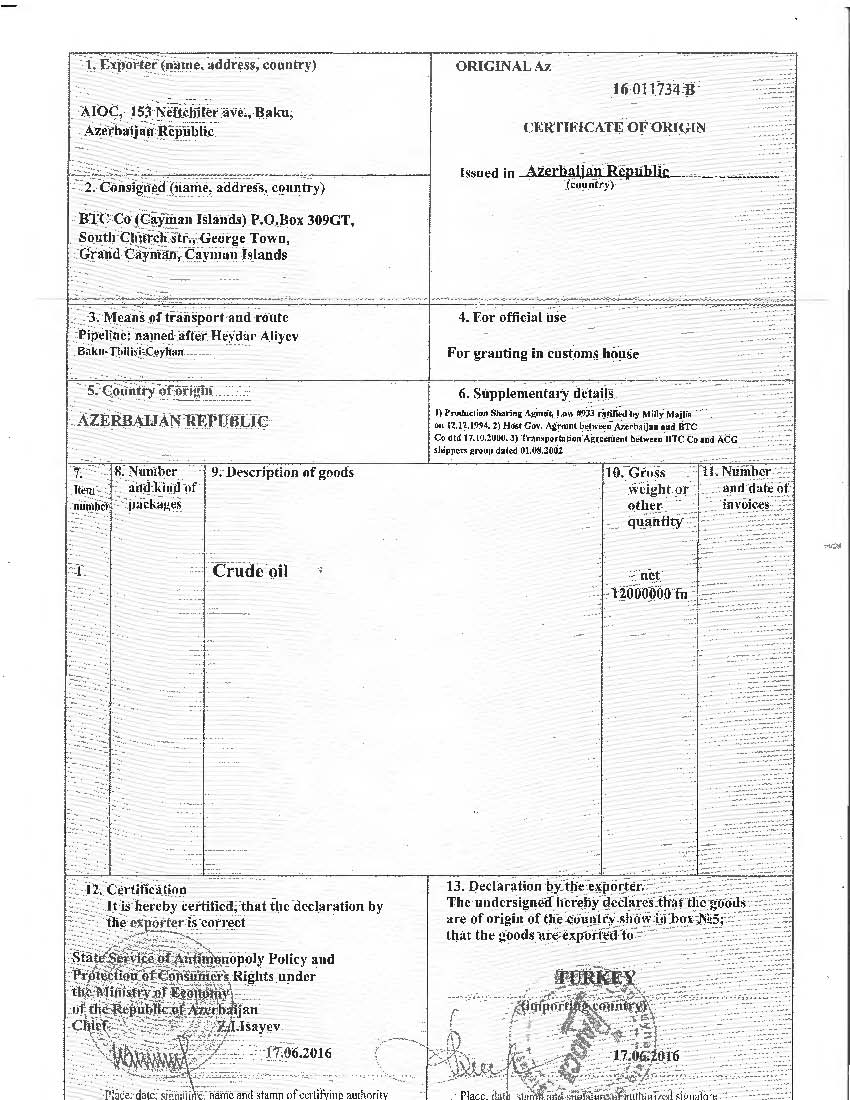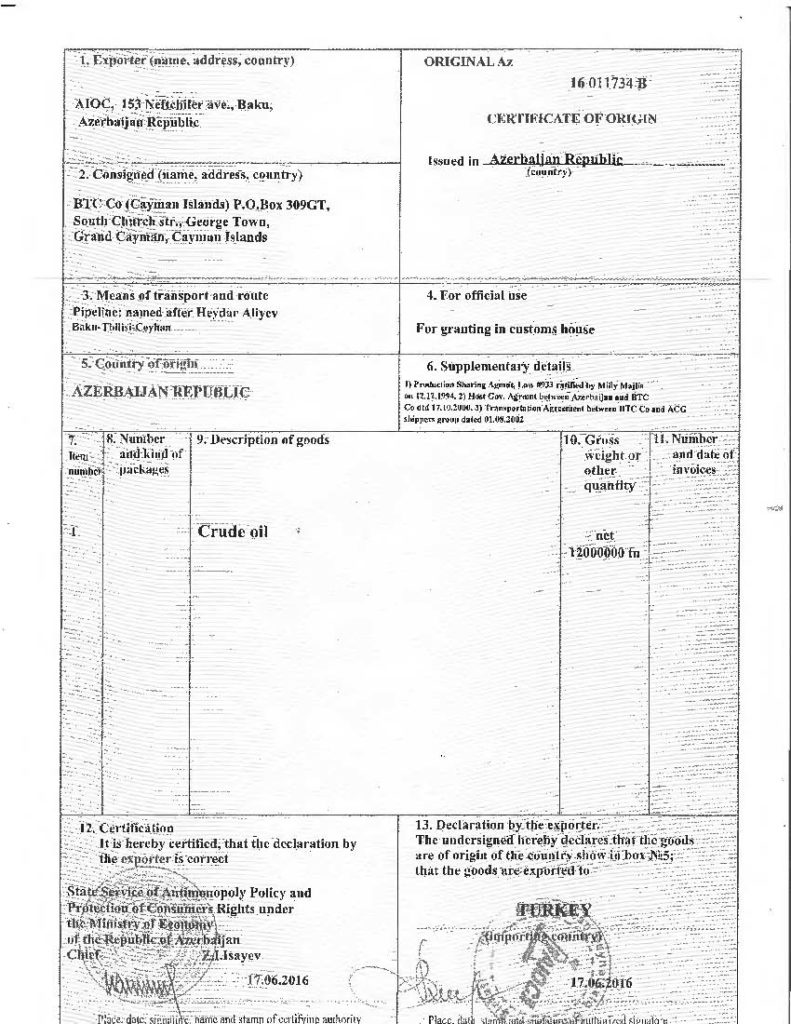No job is complete before the paper work is done and this hold true for us seafarers also. There are various documents related to cargo which you must be aware of when loading, carrying and discharging cargoes. A few basic ones are mentioned below. Some of them are needed to evidence the loading I unloading and care of the cargo.
Mate Receipt
These are issued as the name implies by the Chief Officer in break bulk trade. It is a prima facie evidence of the carriage of the goods in the order and conditions marked on the Mate’s Receipt. It is exchanged for the Bill of Lading. With the advent of commercialisation and container/tanker trade taking over, the importance of these is shifting day by day from ship’s officer to authorised person’s ashore i.e. Ship owner’s Agents or Port Authority.
Nevertheless in break bulk trade the clean Bills of Lading cannot be issued without a clean or unendorsed Mate’s Receipts.
The Mate’s Receipts can only be endorsed with the consent of the Shipper, Shipping Agent and the Port. It is therefore very important that the contents of the mates receipt must be as accurate as possible.
On completion of loading it is better to keep all the Mate’s Receipts together along with other voyage cargo papers. It is seldom possible for a duplicate Mate’s Receipt to be issued. But if such a request is received it is better to check all the Mate’s Receipts and see if a similar Mate’s Receipt was Previously issued or not for the quantity and the particular cargo. If the Shipper has misplaced it due to some other reason he shall be asked to give a suitable letter to the Owner or his agent absolving them from any Costs or consequences if the original Mate’s receipt is found. Normally shipper does not ask for a duplicate. Hence caution is to be exercised when such request are received.
Bill of Lading

It is a document of title. It is a means of transferring title from one person to another, It is also a receipt for the goods shipped and evidence of the Contract of carriage.
It provides following information:-
- Description of goods
- Condition of goods
- Quantity of goods
- Name of Load Port and date of Shipment
- Name of discharge port
- Name of the ship and Voyage Number
- Freight details and whether pre-paid or to pay at the destination port
- Terms of carriage
- Delivery instructions (notify party or consignee)
- Name of the Shipper and the Consignee
Since the function of the B/Lading relates to International sale of transactions the information given is meaningful and consistent in expressions. This is ensured by the agreed codes and conventions and recognised practices.
The B/Ls are issued in three originals which are negotiable and several non-negotiable copies as required by the trade. All originals are given to the Exporter. The exporter then negotiates his documents through the bank.
Letter of Indemnity
These Bills of Lading are issued in exchange of Mates Receipts. If the Mates Receipt is claused due to any reason then B/Lading is also claused. In the normal practice, the shipper does not accept a claused B/Lading since he requires a clean B/Lading as per his L/C terms. Therefore he tries to give an Indemnity Letter. Unless the Ship owner agrees explicitly in writing then only an authorised person can issue a clean B/Lading otherwise such request from the shipper is to be outright rejected. Please note that such indemnity letters carry no legal status or value.
Certificate of Origin
This is issued by an Independent Organisation mutually agreed upon by the Seller and the Buyer. This is required by the Buyer to ensure that the goods are Certificate of origin manufactured in the same country of the Seller and not anywhere else.
Letter of Credit
It is a mode of payment, which is to be made by the Buyer of the goods through the Letter of Credit banking channels. it is provided under the Sale contract. The Buyer arranges with his bank to open a credit i.e. a promise to pay in favour of the Seller for the price of the goods agreed under the contract of sale. This bank is called An Issuing Bank. The issuing bank will contract with the bank of the seller in his country and will advise the seller through this bank confirming the opening of the letter of credit in his favour by the buyer. The seller’s bank will receive the documents required under the contract of sale. This bank will confirm as Confirming Bank having received documents required under the contract of sale to the issuing bank who in turn advise the seller’s bank to release the payment to the Seller as agreed under the contract of sale. It also stipulates a specific period within which the goods are to be shipped failing which the L/C expires and unless it is extended the seller does not get the money.
Shipping Bill
This is a form where the shipper gives details of the cargo to be shipped including the port of loading and discharge, marks & numbers, net & gross weights, contents of the cargo including number of packages and pieces in package, freight details, cost of the cargo both on FOB/C&F basis etc. This is a declaration made by the shipper to the Custom Authority and forms a very important document in exporting the goods.
Export General Manifest
This is prepared by the Shipping Lines for the Customs giving detailed information of the goods shipped out on the vessel in question. This is also required in all discharging ports in the vessel’s itinerary prior to the vessel’s arrival. A copy of same is retained on board the ship. It also forms a record for the port and the country on export of cargoes.
Import General Manifest
This is required by Customs and prepared by Shipping Agents. It gives a detailed information of the goods imported on the concerned ship for the discharge port in question. This is to be filed before the arrival of the ship
Packing List

This is a list giving details of packages and its contents,
Invoice
it gives the unit and total price of the goods imported by the Consignee or the importer.
Note Of Protest

Note of protest is a statement of fact made immediately after experiencing heavy weather at Sea and whereby the master has made sacrifices in the interest of joint venture, which may have forced the Master to jettison the cargo or have caused damage to the cargo or ship. A note of protest can always be extended where more details of such damage have been discovered.
When the vessel arrives in port and ready to discharge, an independent survey is arranged to take note of these facts. In addition, it is a customary practice to survey the hatches before breaking the bulk to see if any leaks have occurred in the hatches due to ingress of water or whether the hatches have been watertight during the voyage. These surveys do help when lodging a note of protest. The Master must note the protest anyhow because he is not aware if any hidden or unknown damage to cargo or the ship has occurred. He should also inform the Notary or the Port Official before whom he is lodging the protest whether he has experienced winds of Beaufort force five or more in support of this .If the Owner wants to declare General Average later extension of protest would also help in the matter.
A copy of the Extract of the Deck log Book and any other evidence should be given to Notary or the Port official in support of protest. A copy of such a of the note of protest should also be given to Owners from the commencement of voyage until the arrival in port.
This note of protest should be preserved with voyage cargo papers.





